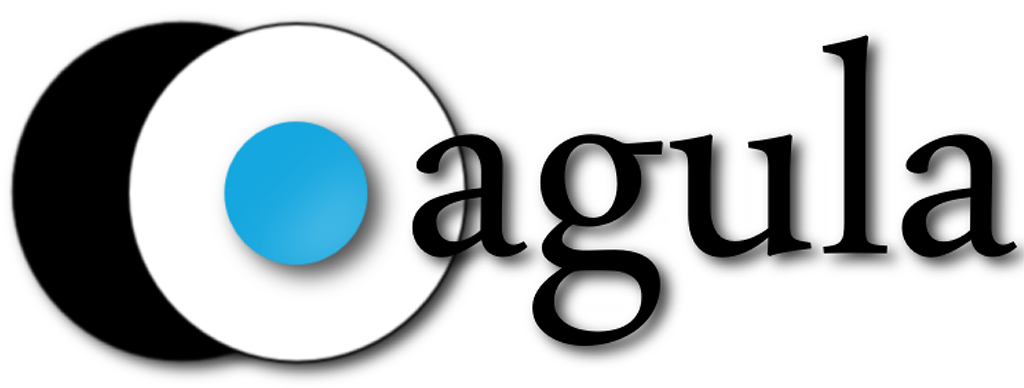
Apple offers for the iPad the “Camera Connection Kit”, a double connector for SD cards and cameras . But many have discovered that you can connect other devices such as wireless keyboards, MIDI instruments and audio interfaces. It should be noted that when you attach a wireless dongle for keyboard and mouse iPad warns “can not use the device – USB device connected is not supported. ”
Do not be discouraged because the message probably refers to the mouse, in fact opening up Pages, Notes, or similar apps you can write directly from your wireless keyboard.
Another interesting possibility is to connect an USB flash drive to import photos, videos and mp3. In order to make this works you need to save these files on the flash-drive, formatted with the FAT32 file system, in a folder named DCIM and all filenames must be exactly 8 characters. Both the filename and file extensiona must be in all caps. If you follow these guidelines the usb key will automatically open the Photos application through which you can import the files. The only limitation is that mp3’s and movies can only be used within this application. I tried to import pdf’s but it works only the first page.
Unfortunately, Apple’s operating system updates, limited the use of the external devices. With 90% of the devices connected iPad says “Can not use DEVICES – The connected USB device requires too much current. ” The problem is that this message also appears when you connect some self-powered devices such as my Zoom H2. Fortunately, all is not lost, because you can work around the problem by connecting your device to a hub with its own power supply and then connecting the hub via the adapter iPad. As you can see from the photos my hub is provided with a power supply capable of delivering 5 volts (most of the USB hub is powered at 5 volts as it is the voltage of USB). This power is used to power the various devices connected to the hub, since otherwise the USB plug connected to the computer might not be able to provide a current enough for 4 USB devices. In our case instead of the power we need to ensure that the device absorbs current from the iPad who otherwise simply refuses to run devices that try to absorb too much current.
In order to not be compelled to use a wall outlet I use a portable self-made power supply working with a 9V battery and thet can deliver 5 volts, so I can use my Zoom H2, or any other device supported by hub, in combination with the iPad even outdoors and in all those situations where there is not a wall outlet. Since current is supplied by a 9 volt battery I can not use devices with high power consumption such as portable external hard drives.
WARNING: playing with iPad power supply means risking burning the tablet. If you decide to repeat my experiment, you do so at your own risk.
The portable power supply circuit is very simple and uses a voltage regulator L7805. For the circuit I followed the directions on this page but you can find a lot of similar schemes. You need these components:
1 L7805
1 100uF capacitor
1 10uF capacitor
1 1kh resistor
1 led
1 1N4007 diode
1 9v cell connector
1 power connector for the hub
1 stripboard or a mini breadboard
1 switch
1 box to put everytihing inside
This is the schematic.
If you decide to build this circuit pay attention to polarity to avoid frying your hub, peripherals, or worse, the iPad.
Of course, I connected the output to a compatible connector for the hub.
In order the ipad could recognize the device I recommend this sequence ofconnections:
1) Connect the power supply to the hub
2) Connect the device to the hub
3) Connect the hub to the camera connection kit
4) Connect the camera connection kit to the iPad
Sometimes this method has not worked but a restart solved the problem.
To experiment I tried connecting my Zoom H2 portable recorder and the iPad haspromptly recognized as an external audio interface. This way you can make goodrecordings using Garageband without the limits of the internal microphone.
All these experiments were done on a not-jailbroken first generation iPad.







